The Top 7 Things we'll always associate with the seventh console generation
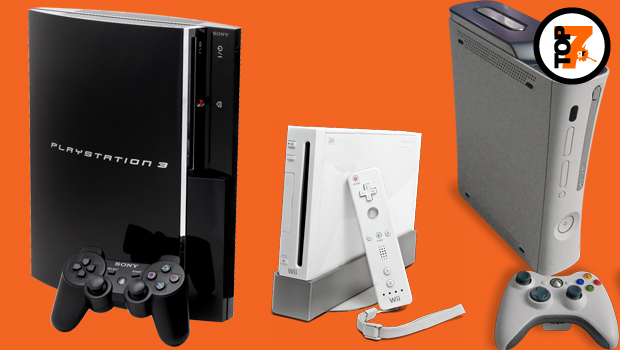
Out with the old, in with the new
With the launch of the PlayStation 4 and Xbox One only weeks away, it's strange to think that the days of the PS3 and 360 are coming to a close. We've had those machines on our entertainment stand for years, y'know? And while games will continue to release on both platforms for a while yet, they'll be but a distant blip in our memories a few years down the road.
We owe a lot to the PS3 and 360. They ushered in an era of HD visuals, mass online gaming, and the transformation of dedicated gaming machines into multimedia hubs. Though the full transition to their next-gen counterparts will inevitably cut off life support for current-gen platforms, it won't sully our memories of the longest-lasting console cycle in gaming's history. A decade from now, halfway through the lifespan of the PS4 and Xbox One, these are the things we'll most vividly recall about the seventh console generation.
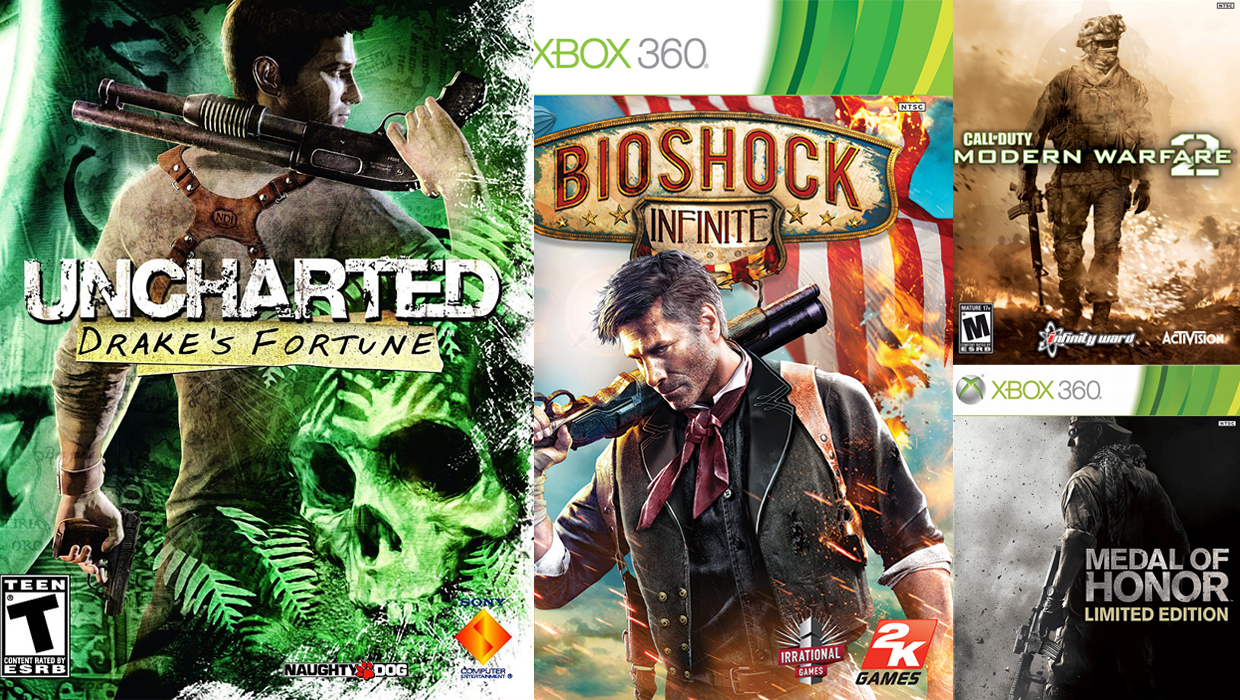
7. Homogenized cover art
As the old adage goes, if you can't beat 'em, imitate their box art. Publishers dump truckloads of money into figuring out how to get their games in the disc trays of those who make purchases based solely on how cool a cover looks. The path to big $$$, it seems, is to slap a painfully generic video game character on the box, put a gun in his (her?) hands, and obscure the whole thing with a nice explosion or sandstorm. Bonus points if the character in question has toned, rippling biceps and a tough-as-nails grimace--or some kind of next-level supersuit.
For all the fun we often poke at genero-covers, they do exist for a reason. Remember the uproar generated from the unveiling of BioShock Infinite's box art? You, the hardcore gamer, knew that Infinite would be a well-written, thought-provoking game that also had some shooting in it. But the average Call of Duty fanatic? Probably not. Thus, stern-looking guy with a gun. The thing is, this probably won't change much going forward--perhaps the best we can hope for is more instances of reversible cover art.
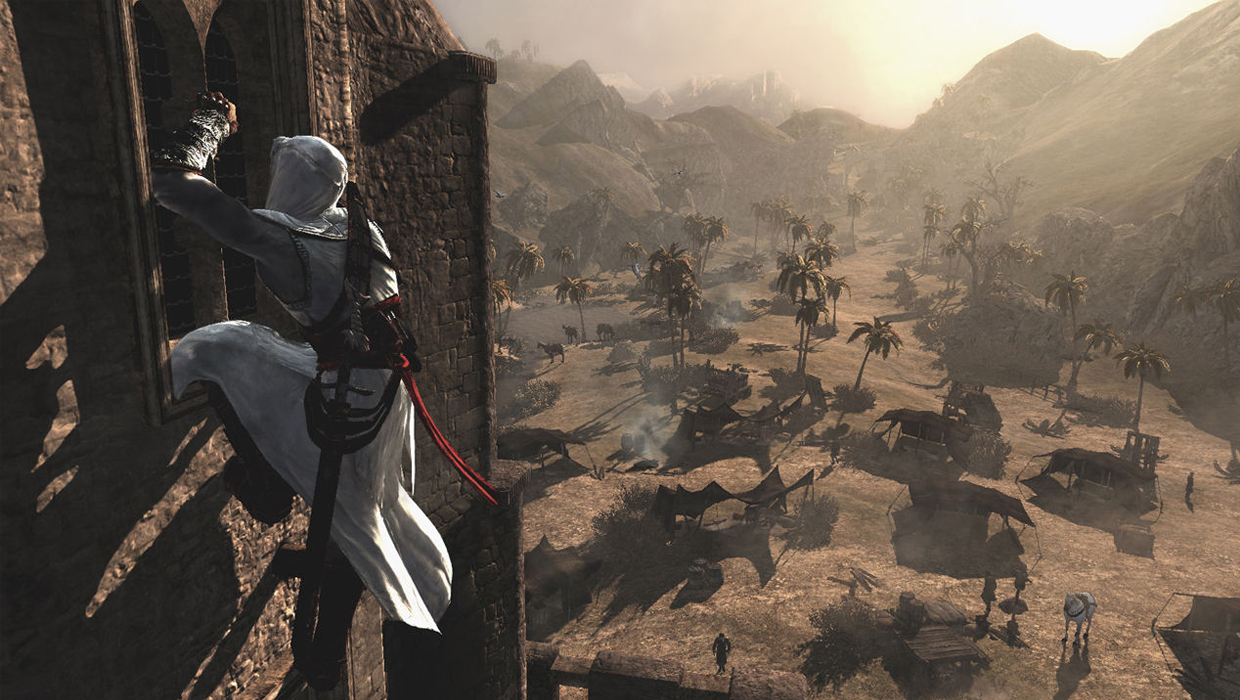
6. The presence of Parkour
Platforming elements like wall-jumping and ledge-scaling certainly aren't new, but it wasn't until the likes of 2007's Crackdown and Assassin's Creed that parkour entered the mainstream gamer's lexicon. Being able to climb almost any structure at any time meant that a game world's vertical space became just as important and open to exploration as its ground-level setting.
From Uncharted to Infamous, parkour quickly became a staple in many third-person action games, to the point where it's practically expected. Then there's the totally great Mirror's Edge, which experimented with basing an entire game around the adrenaline rush that comes from successfully landing flashy feats of human agility, or performing deft acrobatics while death patiently awaits just inches away. Parkour was once a novelty, but is now yet another gameplay tool in the developer's kit.
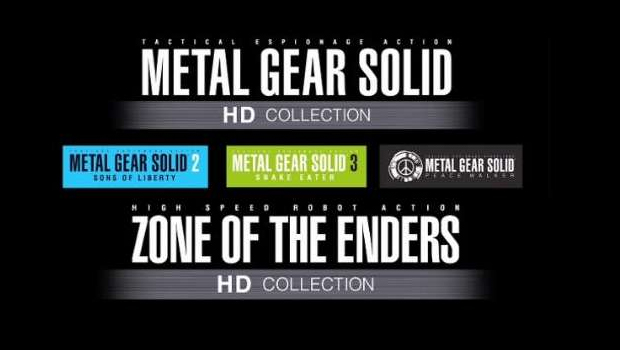
5. HD collections
It's fun to reminisce about your favorite games, even if they're ancient by today's standards. A good game is a good game, regardless of its age. But nostalgia is also an easy way for publishers to cash in on your rose-tinted obsessions. And that happened a lot in the past few years. With previous console generations, revisiting an older game meant you had to play it in its original form. But many darlings from the PS2-era have found their way back to current-gen consoles in the form of HD re-releases.
More than 30 HD compilations are available for purchase, ranging from collections of an entire series (Devil May Cry, Metal Gear Solid, God of War, etc) to individually remastered games. Some, like the Silent Hill HD Collection, were a bit rough around the edges, proving that even nostalgia couldn't make a rush job enjoyable. Others, like The Legend of Zelda: Wind Waker HD, made it clear that a few tweaks and a fresh coat of paint could make timeless classics even better.
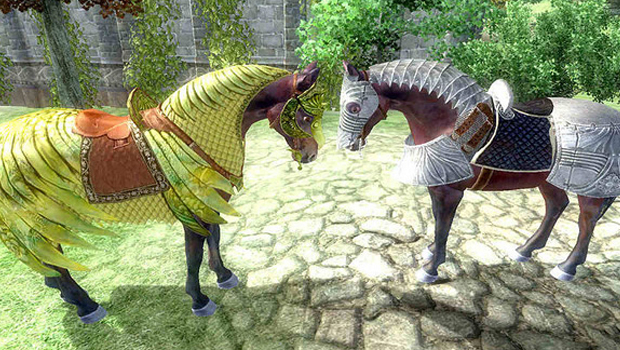
4. Downloadable content
It all began with the infamous Horse Armor DLC, the first downloadable add-on for 2006's The Elder Scrolls IV: Oblivion. This delightful pack, as you may recall, promised to protect your horse from danger for a paltry fee of $2.50. But really, it was just a cosmetic upgrade, and a lot of gamers felt insulted by such a blatant attempt at prying the cash from their wallets. Thankfully, DLC has gotten a bit better since.
There's now a pretty clear distinction between cosmetic microtransactions and mini-expansions, even if they all technically fall under the DLC moniker, and we're seeing more and more instances of fantastic content add-ons. Undead Nightmare presented a unique, zombie-filled twist on Rockstar's Red Dead Redemption; Minerva's Den sent us back to BioShock 2's Rapture to experience an intelligent self-contained narrative; all the DLC packs for Fallout 3 and New Vegas kept us wandering the Wasteland far longer than we ever would've anticipated. There are, of course, many more examples of fantastic DLC, and though content add-ons will continue into the future, we'll always remember when it all began.
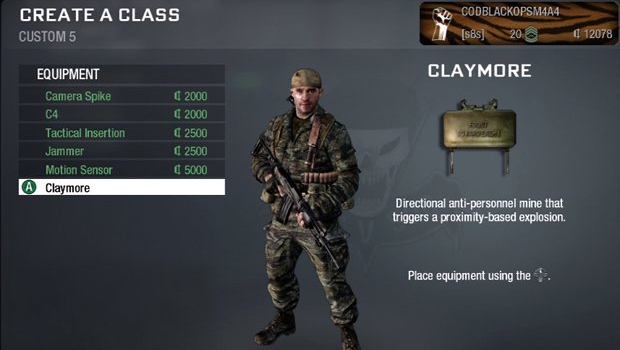
3. Persistent multiplayer progression
You'll find very few multiplayer games these days that don't feature some sort of experience point-based leveling system, dozens of unlockable rewards, or a multitude of character customization options. Persistent multiplayer is something we've come to just expect. But it wasn't really until 2007's immensely successful Call of Duty 4: Modern Warfare that it became an integral part of online gaming.
Prior to Modern Warfare, the sweet taste of victory was reward enough for playing a competitive multiplayer game. Some, like Halo 2, had ranked ladders, and the allure of climbing ever higher was an addictive prospect. Now, your worth as a player is measured in how much camo paint you've unlocked, or what your total experience level is. Love it or hate it, persistent multiplayer is here to stay.
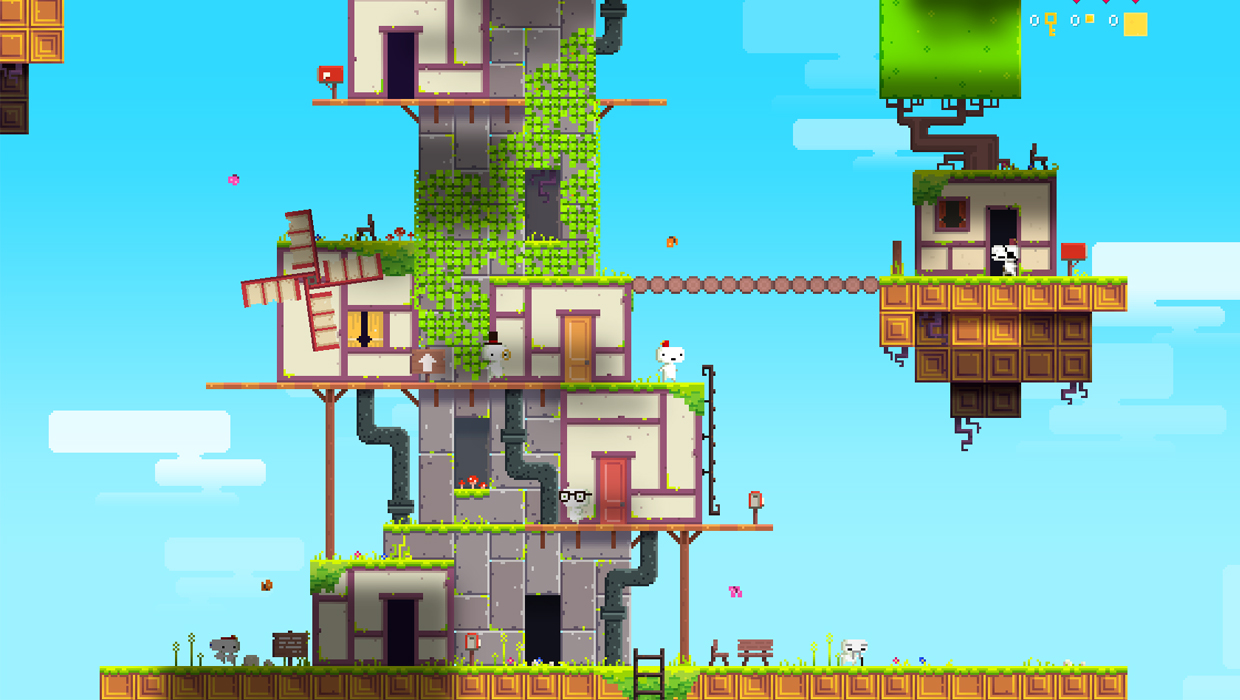
2. The rise of the indie scene
There was a time not so long ago where the only kind of games you could play on your console were the kind that came pressed on a retail disc. Consoles had no way to make downloadable experiences available, considering digital storefronts weren't even a thing until the PS3, 360, and Wii came around. Now? Some indie devs have found huge success in the console space, thanks to innovative titles that would never have been funded by triple-A publishers.
From 2008's Braid to 2010's Super Meat Boy to 2012's Fez, games by small, independent teams have proven that they can resonate with a massive audience, their reach limited only by their creativity. And big publishers have taken notice, too, especially Sony, which has been funding some incredibly unique experiences (ahem, Journey) that just can't be found elsewhere.
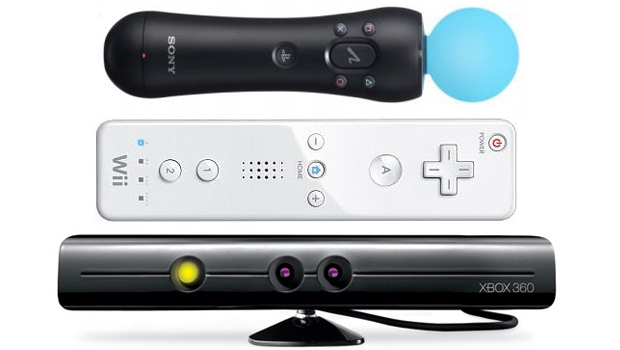
1. The motion control craze
You didn't think we'd forget to mention the Nintendo Wii, did you? It was just as much a pivotal part of the seventh console generation as its competitors, even if for one wholly different reason: motion controls. Regardless of what you think about motion controls these days, there's no denying that people went nuts for 'em circa 2007. The novel tech had mass appeal, earning the Wii a spot in the living rooms of a huge range of audiences.
Families with a passing interest in video games suddenly found themselves swinging a piece of plastic at the TV to make stuff happen on-screen, dumping countless hours into virtual bowling and tennis. Elderly folks in geriatric homes could once again enjoy activities whose real-world counterparts were too demanding for aging bodies. And once Sony and Microsoft saw how successful motion controls were for Nintendo, each went on to develop its own tech: the Move and Kinect, respectively. There's no denying that they played a monumental role in the seventh console generation.
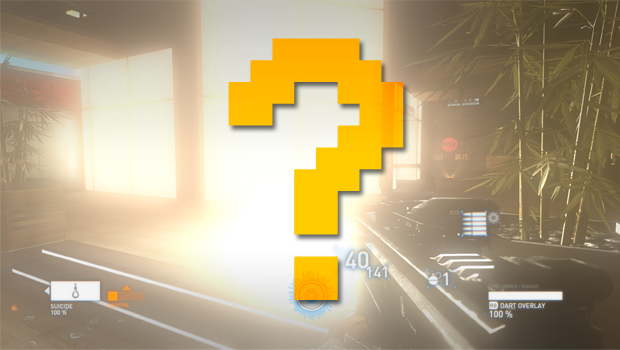
The end of a gen
From online passes to the overuse of bloom lighting to annualized sequels, there are many things we'll always remember about the days of the PS3, 360, and Wii. What do you suspect you'll most fondly recall? Do you agree with our Top 7 choices? Let us know in the comments below.
And if you're looking for more, check out the top 7 lies games tell us about medicine and the top 7 most violent video games.

Ryan was once the Executive Editor of GamesRadar, before moving into the world of games development. He worked as a Brand Manager at EA, and then at Bethesda Softworks, before moving to 2K. He briefly went back to EA and is now the Director of Global Marketing Strategy at 2K.


